With over 12,000 works from 3,000 B.C. to the present, Mills College at Northeastern Art Museum is ‘a hidden gem in the Bay Area’
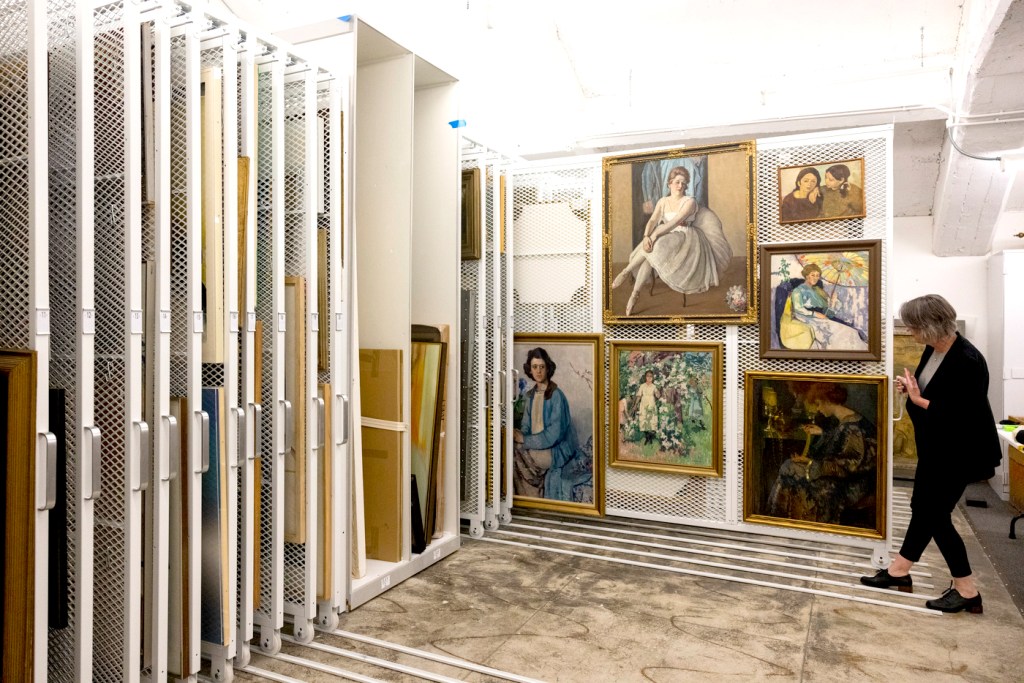
OAKLAND, Calif.—David Thomas Jr. and his wife, Sofia, traveled here from their home in Redwood City to view the photography of Ansel Adams, Carleton Watkins and Imogen Cunningham.
But they found so much more. And they say they’ll be back—with friends.
The Mills College at Northeastern Art Museum will never be confused with the San Francisco Museum of Modern Art or Oakland Museum of California, but what Mills lacks in size, it makes up for with history, uniqueness and versatility. And quality.
Designed by noted California architect Walter Ratcliff Jr. and opened in 1925, the museum sits on the northern edge of the Mills College at Northeastern University campus. It is symmetrical and stunning—inside and out—made entirely of concrete with a flat tile roof, patterned glass ceiling and skylight that allows sun to shine into the 6,000 square feet of gallery space. A carved stone facade welcomes visitors from a spacious courtyard.
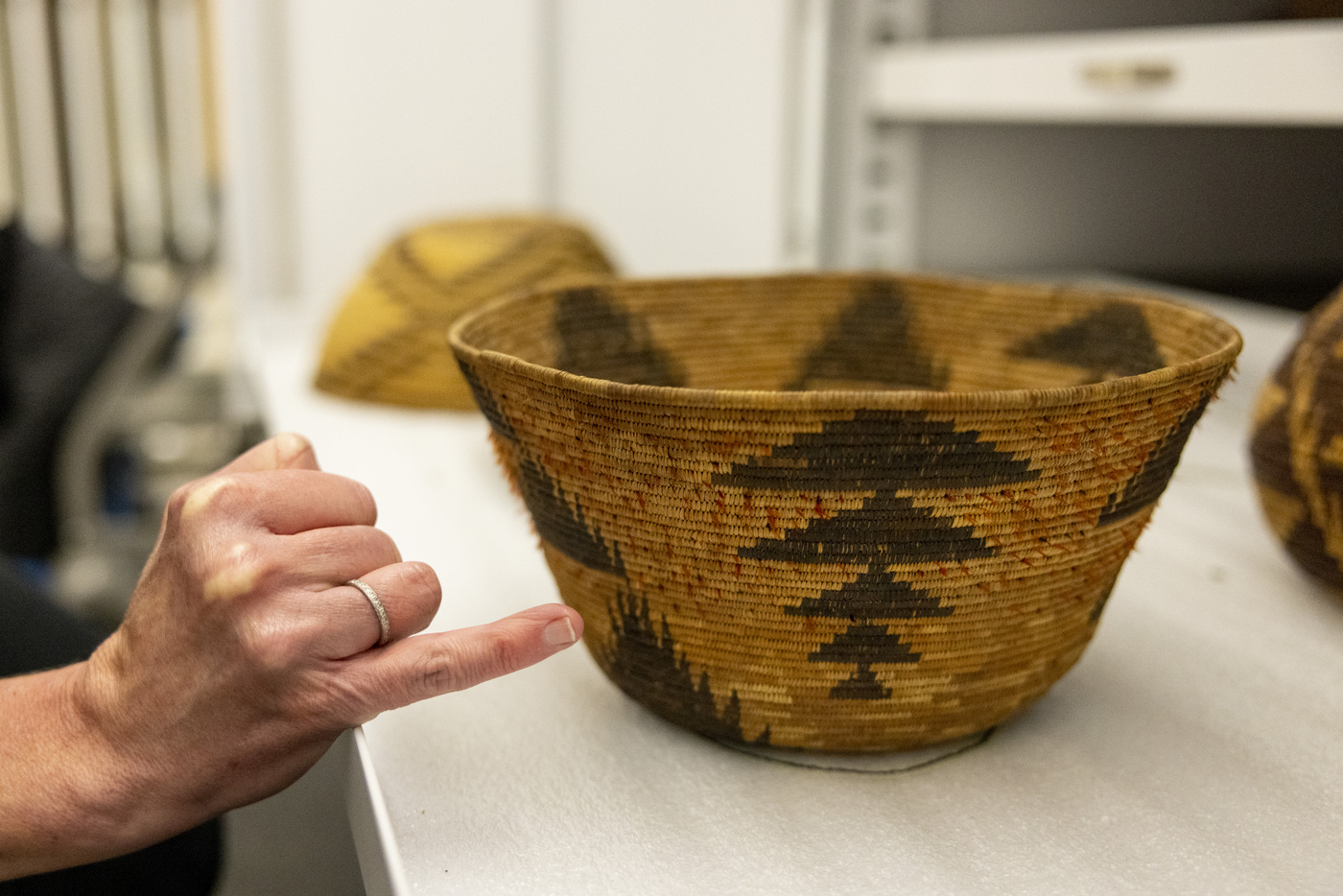
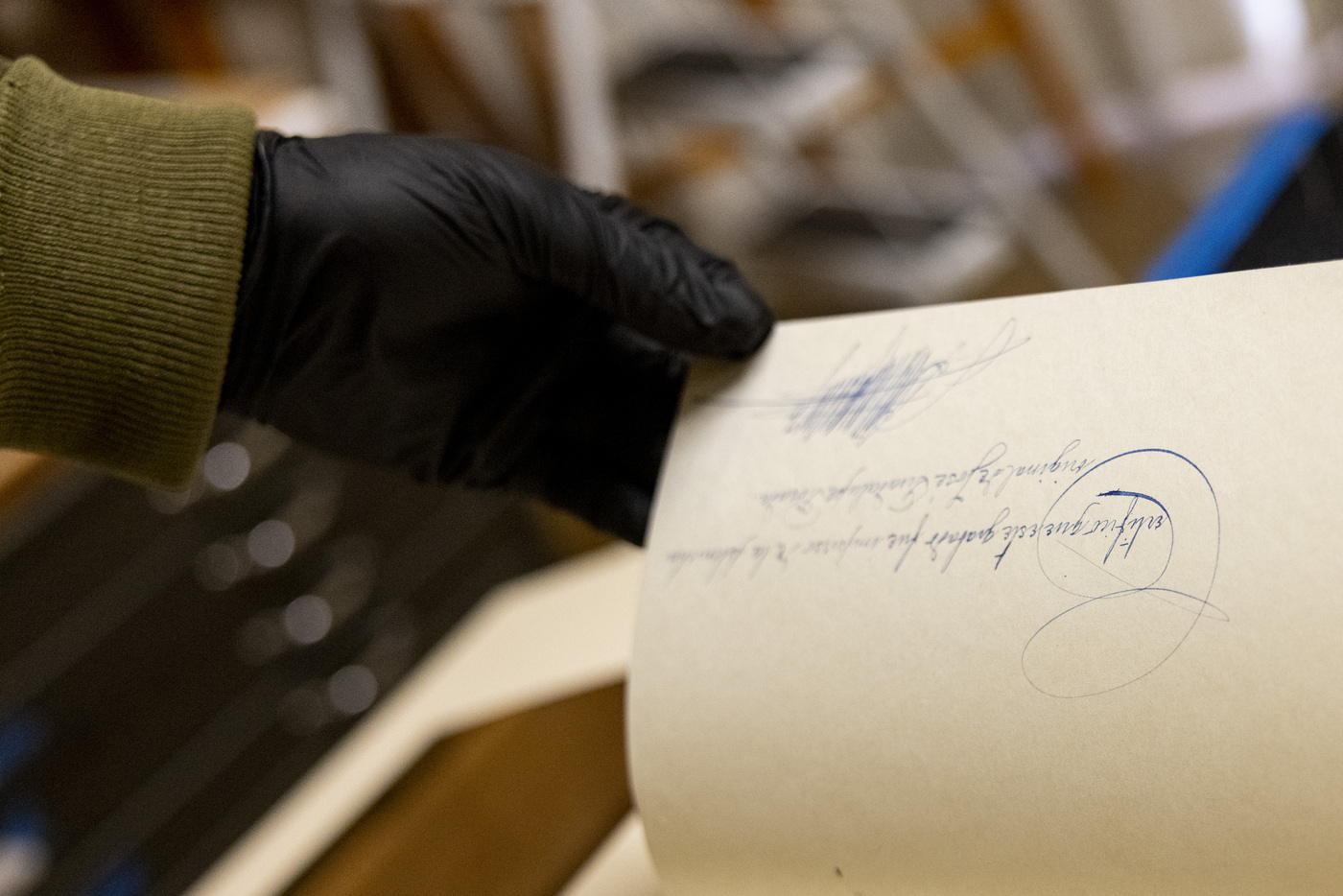
“It’s definitely a hidden gem in the Bay Area,” says Thomas Jr., a landscape architect and part-time amateur photographer.
“We’ve lived here our entire lives, but only recently heard about the Mills Museum,” says Sofia Thomas, a retired elementary school teacher.
Both were impressed with the museum’s current exhibition, “Shifting Terrains,” which debuted in September and runs through February with a break for the holidays. It features a wide range of West Coast landscapes—impressionist paintings and photography—from famous and not-so-famous artists.
That’s by design, according to Stephanie Hanor, the museum’s director since 2009.
“We will often pull out some of the great things that we have in our collection, some things that are pretty famous,” she says. “But then pair them with things that are lesser known.”
The museum’s permanent collection includes over 12,000 pieces of art from 3,000 B.C. to the present—prints, drawings, watercolors, photography, ceramics, textiles and Native American basketry—some of which represents the best of Northern California.
Works by Bay Area painters Anne Bremer, Maynard Dixon, Joseph Raphael and William Wendt have been part of the museum since it first opened. There are also pieces from the Mills College Ceramics Guild and baskets from the nearby Yurok, Karok and Hupa tribes.
Many of the earliest works, including the modernist photography, were gifts from Albert Bender, a longtime Mills trustee, who would later become a principal founder of the San Francisco Museum of Modern Art.
Leah Levy is executive director of the Jay DeFeo Foundation, which promotes the arts and artists in the Bay Area. She says the Mills College at Northeastern Art Museum serves the community as an important hub of ideas and images.
“Mills College Art Museum has the invaluable mix of a fine and unusual collection, an innovative and evocative curatorial vision, and the nimbleness of a small and responsive institution,” Levy says.
Adams, a San Francisco native, is considered one of the most famous photographers of all-time. Mills has 15 of his original prints, including many early-20th century portraits. “Winter – Yosemite Valley,” a close-up photo of a snow-covered pine branch was taken in 1959 and is part of the current exhibition.
Early example of an activist artist
Watkins was born in New York, but moved to San Francisco during the California gold rush in 1851. Ten years later, he pushed east to Yosemite where his photography influenced Congress’ decision to make it a national park. His 1880 print, “Bridal Veil Falls, Yosemite,” hangs in the museum’s gallery.
Watkins is an early example of an activist artist, Hanor says.
“Watkins lugged his giant camera, all the glass plates and all the chemicals out into Yosemite Valley,” she says. “And photographs like this were the first time that lawmakers in Washington, D.C., had seen images of the West Coast, and in particular, Yosemite.”
Cunningham was married to Roi Partridge, the first director of the Mills College Art Museum. She was also one of the country’s first professional female photographers who was known for her sharp-focus botanical images. Her print, “Magnolia Blossom,” made in 1925, is on display at Mills.
In addition to its collection, Levy praised Mills for presenting annual exhibitions of its students that often help launch their work into the larger art conversation.
Hanor says students are often looking at historical material from a 21st-century framework and asking questions that are relevant today.
“We’re using our exhibitions and programs to encourage artistic research and experimentation, which can be a great process for our students and community to witness,” she says.
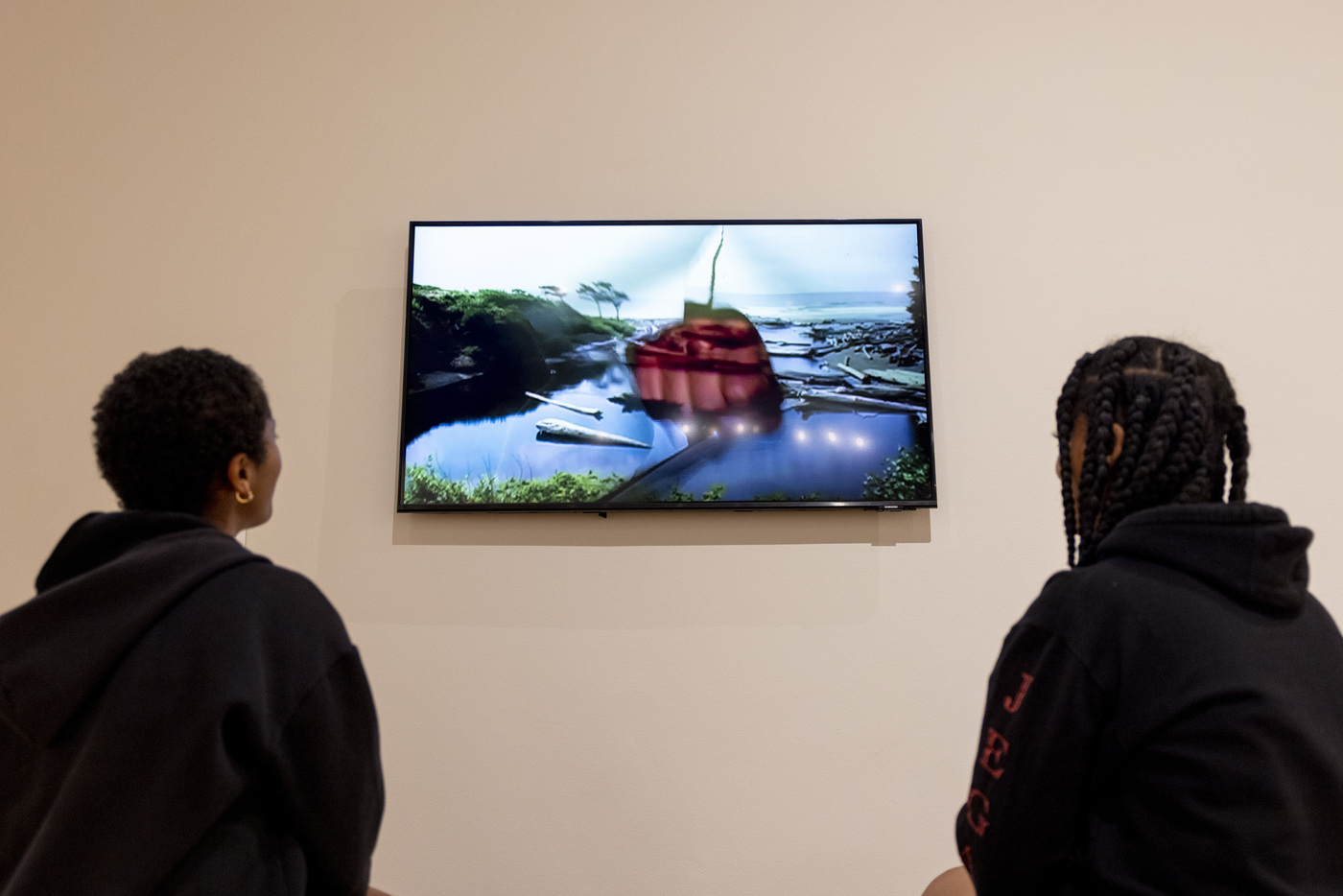
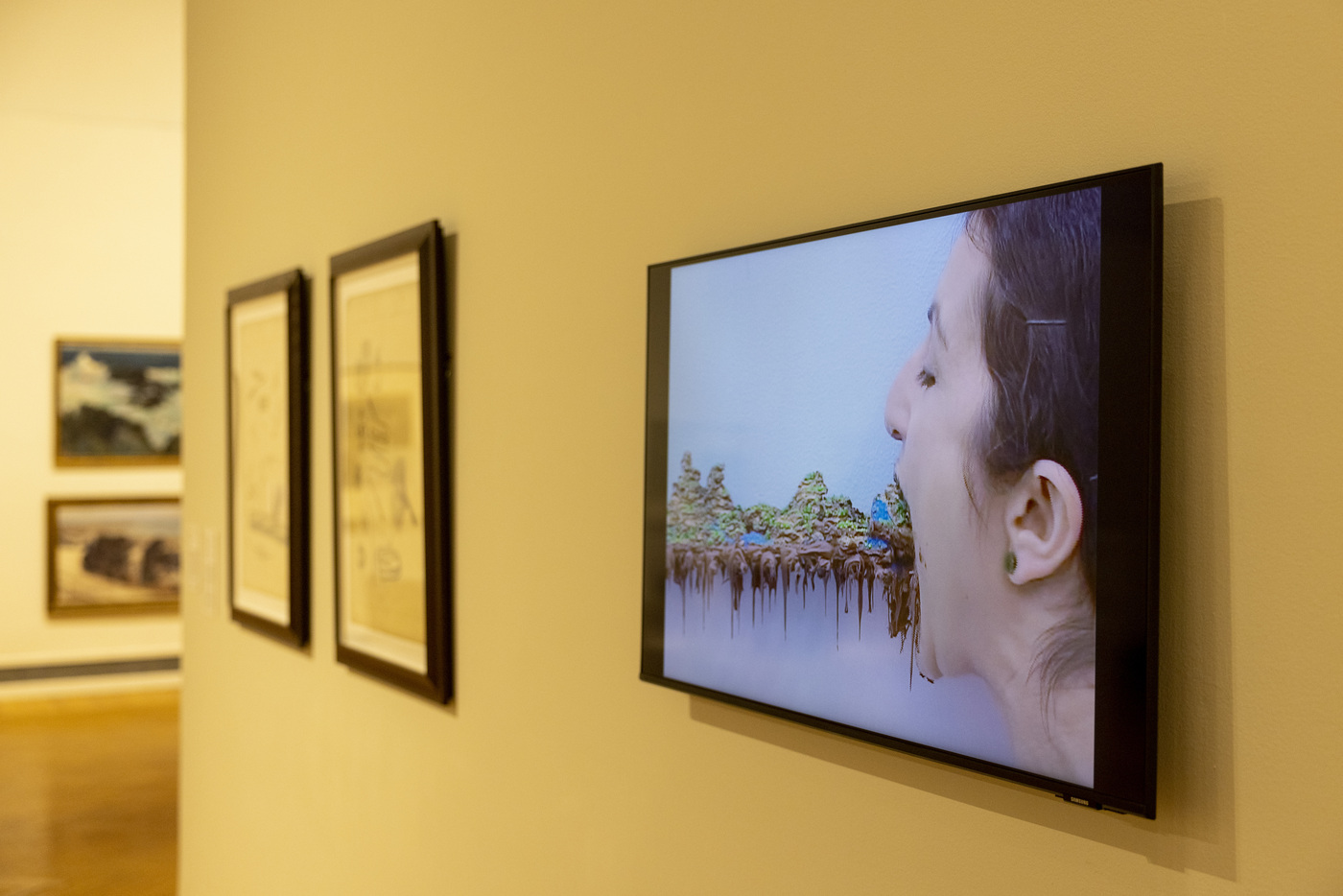
Professional development for students is an important part of the museum’s mission, Hanor says, and student employees get hands-on experience in all areas of the museum from visitor services to collection handling.
“They really become part of the museum’s team,” she says, “I’m particularly looking forward to supporting co-op students at the museum.”
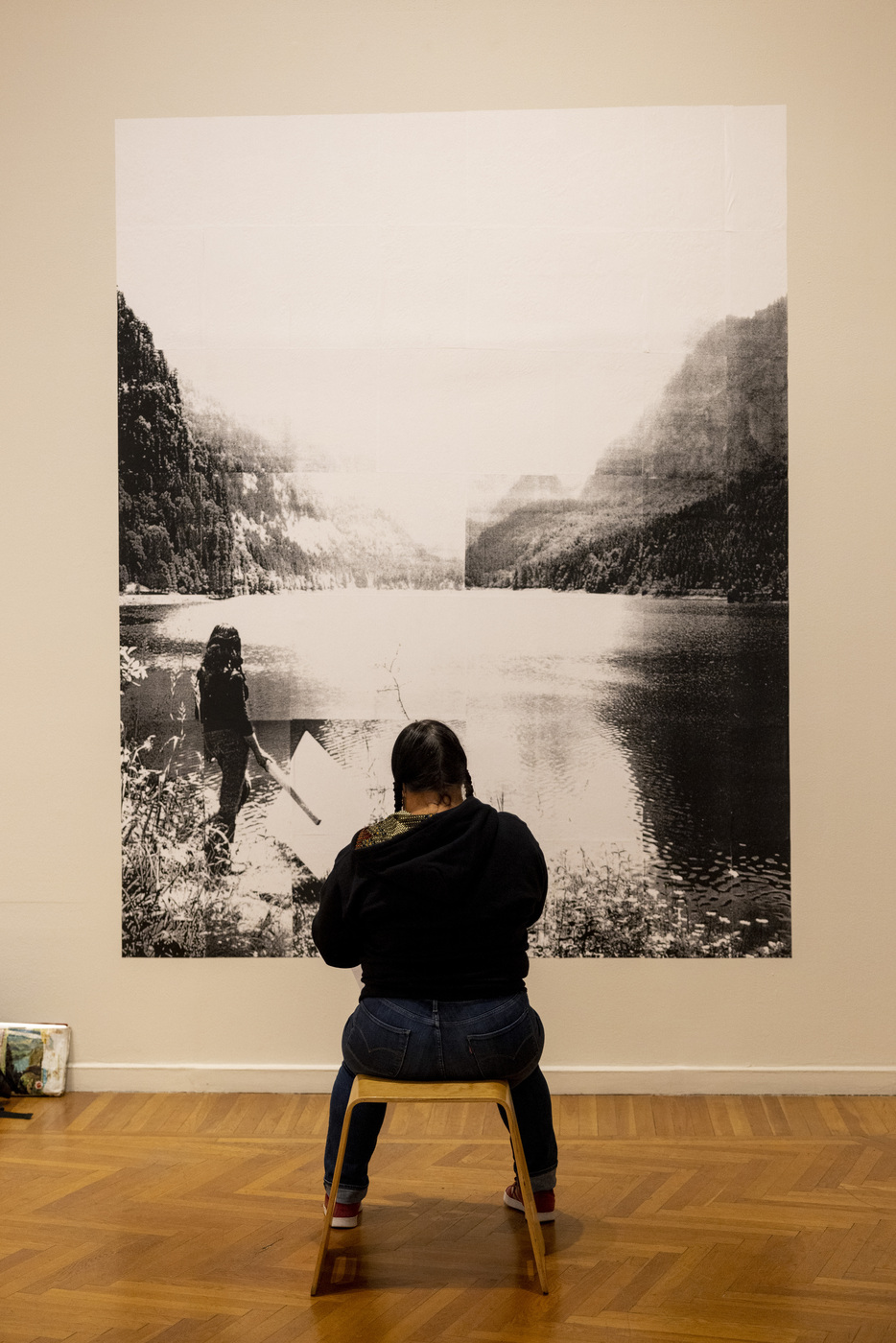
Mills recently hosted a lecture by Bessma Khalaf, a multimedia performance artist from Iraq, whose silent looping video, “This Land Is My Land,” shows Khalaf appearing to eat a cross-section of landscape made of chocolate and colored sugar. It is one of the most popular in “Shifting Terrains.”
Hanor says she is actively diversifying the museum’s collection to include more artists of color, LGBTQ-identifying artists and artists with disabilities.
“Art is not just about the iconic images,” she says.
When it opened, Mills was one of the first museums in California to collect the work of living artists and much of it focused on early forms of activism. Today, the museum’s residency program amplifies traditionally marginalized voices and supports artists focused on making socially relevant work.
Guillermo Galindo is one of those voices. A Mexican-born artist, he relocated to San Fansisco and received his master’s degree in composition and electronic music from Mills College.
Galindo is known for his series of musical scores printed on faded flags once used to show migrants the location of water stations along the U.S.-Mexico border. One of his flags turned art is on display at Mills.
Guillermo’s piece came into the museum’s collection through the Student Acquisitions Project in which students identify, research and justify specific artworks that help diversify the collection.
Depth of the collection surprising
Visitors are often surprised by the depth of the collection, says Hanor, who pointed out that only a fraction of the museum’s collection is on display at one time. Items not on display or in storage are loaned to other museums to support new curatorial research.
An 1873 Winslow Homer watercolor, for example, was recently returned from the Metropolitan Museum of Art in New York City. The most-borrowed item in Mills’ collection is a 1969 mixed metal collage by John Outterbridge, an artist and community activist from Los Angeles.
“This particular piece was made right after the Watts riots,” Hanor says. “Some of the signage and all of the materials came from buildings that were destroyed, so it’s a really powerful piece.”
Hanor earned her Ph.D. in art history from the University of Texas. Prior to coming to Mills in 2009, she was senior curator at the Museum of Contemporary Art San Diego.
“I really love being in an academic museum,” says Hanor, whose father was a geology professor at LSU. Hanor’s staff includes program director Christa Cesario, exhibition and collection manager Sean Howe.
“The intimacy with our students is special,” she says. “And everything that we’re doing is about team in a very real way. That’s very exciting.”
For media inquiries, please contact media@northeastern.edu.






